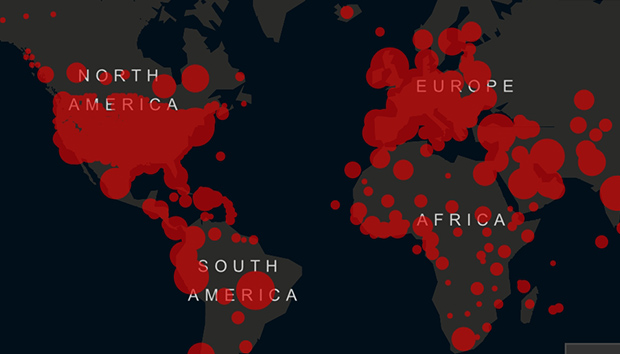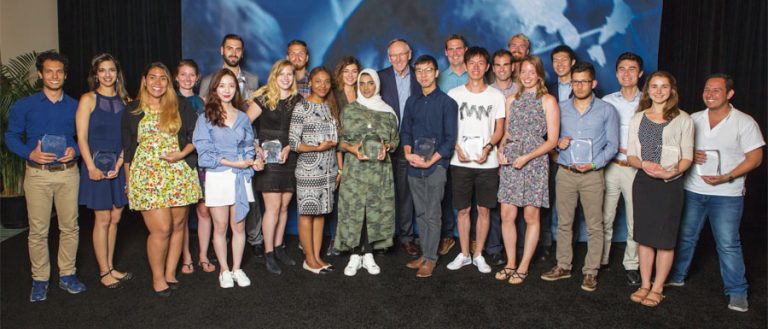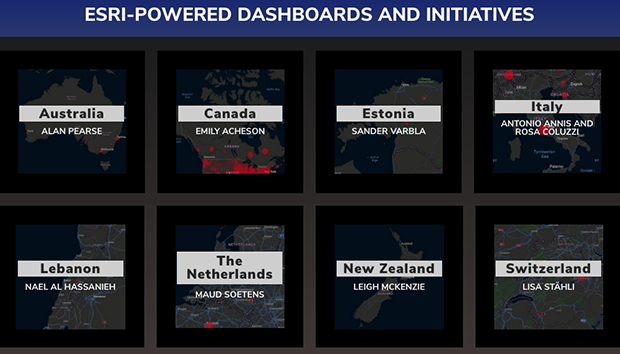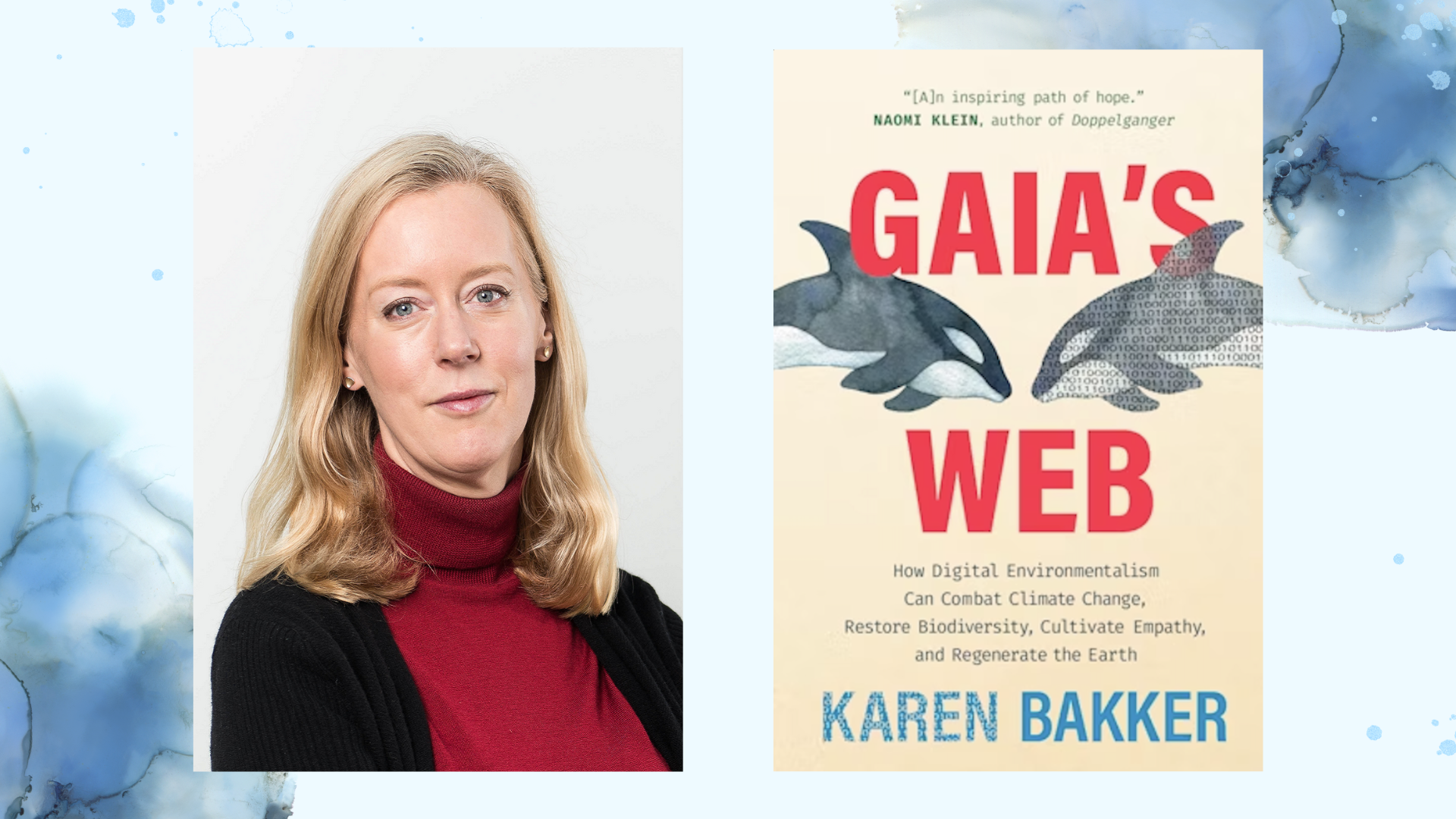By Emily Acheson, UBC Geography alumna
One word has been showing up a lot more in the media lately: epidemiology.
As health care professionals and researchers continue to fight against COVID-19, much of the information about helpful research initiatives gets lost under the piles of negative news. Among those useful projects are the online dashboards and apps that map COVID-19. These maps are driven by spatial epidemiologists (scientists who map disease distributions) and other researchers who often collaborate across disciplines to make these maps possible.
These constantly-updating mapping dashboards and apps help predict where COVID-19 is, where it’s going, and where control initiatives are working. Some log where self-reporting people are sick (down to the neighbourhood level), some show where pharmacies are currently open, some show areas where your risk of infection is lower in a given city, and more.
To showcase some of the mapping work being done around the world, I contacted a group of friends I met in 2017 through the Esri Young Scholar Award program. Esri, the global supplier of geographic information system (GIS) software, annually celebrates budding scholars as they exhibit their mapping skills to solve world problems.
At the 2017 Esri User Conference in San Diego, I networked with young scholars from 20 other countries, discussed our common research interests, and formed collaborations and friendships. Three years later, 12 of these scholars collaborated with me once again (this time, virtually) to share the COVID-19 mapping initiatives in our own countries. Some are directly involved in the research, while others are communicating others’ important efforts.
Whether working behind a microscope, a computer, or a face mask on the front lines, researchers, health practitioners, and science communicators are collaborating now more than ever to help people learn all they can about COVID-19. To learn about some of their incredible work tracking this disease, including how you can participate, please visit our dedicated COVID-19 mapping page.





